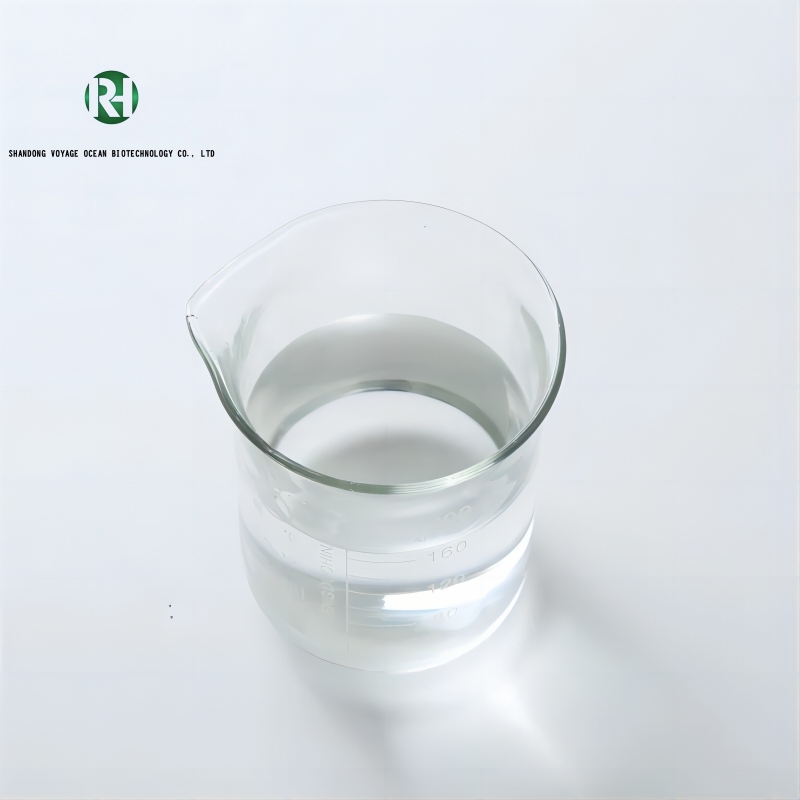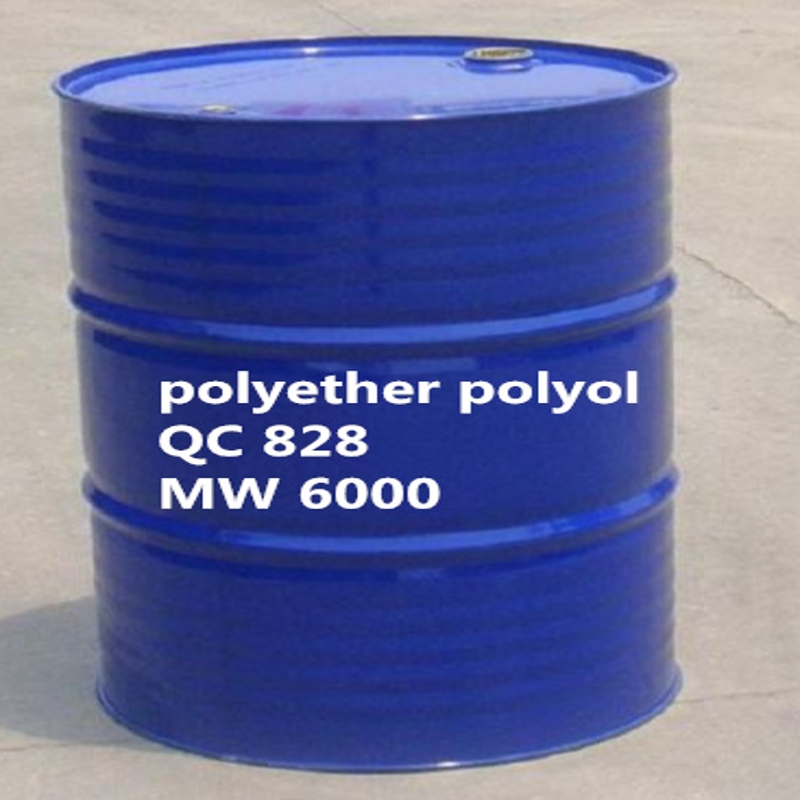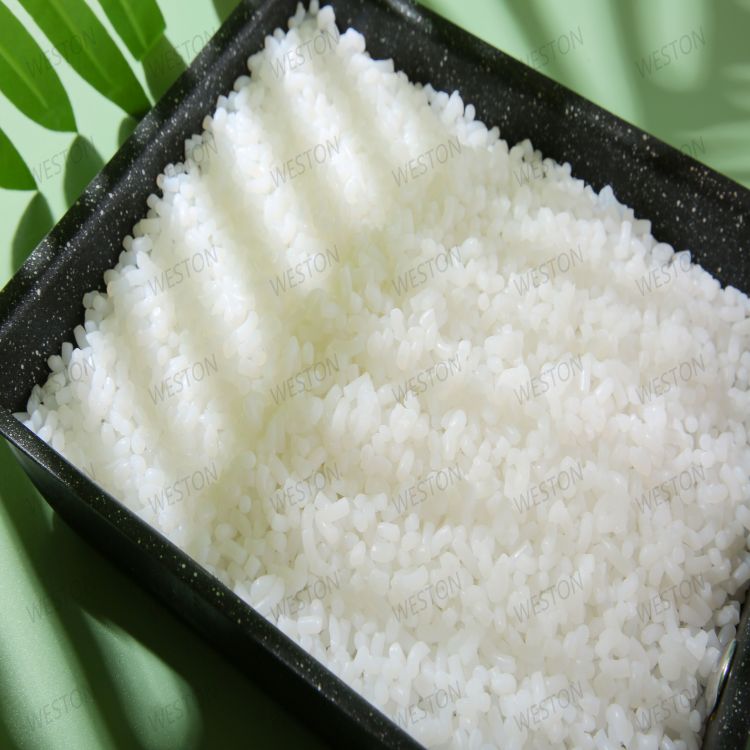-
Categories
-
Pharmaceutical Intermediates
-
Active Pharmaceutical Ingredients
-
Food Additives
- Industrial Coatings
- Agrochemicals
- Dyes and Pigments
- Surfactant
- Flavors and Fragrances
- Chemical Reagents
- Catalyst and Auxiliary
- Natural Products
- Inorganic Chemistry
-
Organic Chemistry
-
Biochemical Engineering
- Analytical Chemistry
- Cosmetic Ingredient
-
Pharmaceutical Intermediates
Promotion
ECHEMI Mall
Wholesale
Weekly Price
Exhibition
News
-
Trade Service
As a new electrochemical energy storage technology, flow battery is one of the preferred technologies for large-scale energy storage of
clean energy.
Recently, the Dalian Institute of Chemical Physics of the Chinese Academy of Sciences has developed a new long-life, self-recovering zinc-iodine flow battery to achieve efficient use
of clean energy.
According to reports, zinc-iodine flow batteries have the advantages of high energy density and high safety, and have broad application prospects
.
However, like other zinc-based batteries, the "dendrite problem" of zinc anode has always been a bottleneck
in its commercial development path.
The zinc anode of the zinc iodine flow battery will produce irregular zinc dendrites during the continuous charging and discharging process, and the dendrites of this "tree structure" will continue to grow during the cycle process, eventually piercing the membrane of the battery, causing a short circuit of the battery and seriously affecting the cycle life
of the battery.
The solution to this problem is to replace expensive perfluorosulfonic acid ion exchange membranes with inexpensive polyolefin porous membranes
.
The research team led by researcher Li Xianxian, researcher Li Xianxin and researcher Zhang Huamin of the Energy Storage Technology Research Department of Dalian Institute of Chemistry, Chinese Academy of Sciences, found that the polyolefin porous structure of zinc-iodine flow battery is filled with oxidation electrolyte, which can dissolve the zinc dendrite produced during the charging and discharging process to achieve the "self-recovery" of the battery, thereby solving the problem
of poor battery cycle life caused by zinc dendrites 。 It is understood that during the charging process of the battery, the zinc dendrites of the negative electrode will continue to grow forward until the piercing membrane grows to the positive electrode side, causing a short circuit in the battery, but then the positive oxidation electrolyte will chemically react with the short-circuited zinc dendrites, slowly dissolving the zinc dendrites, and finally making the short circuit phenomenon of the battery disappear and restore normal performance
.
In order to confirm the practicality of the system, the research team successfully integrated a kilowatt-class stack, which operated stably for more than 300 cycles at 80mA/cm2 and had a stable energy efficiency of 80%, showing good reliability
.
In addition, the battery also has the characteristics of
low cost, high conductivity, strong stability and high working current density.
Relevant personnel said that the zinc-iodine flow battery is still in the early stage of research, and after further improving its reliability under high current density, it can promote practical application and industrialization
.
As a new electrochemical energy storage technology, flow battery is one of the preferred technologies for large-scale energy storage of
clean energy.
Recently, the Dalian Institute of Chemical Physics of the Chinese Academy of Sciences has developed a new long-life, self-recovering zinc-iodine flow battery to achieve efficient use
of clean energy.
According to reports, zinc-iodine flow batteries have the advantages of high energy density and high safety, and have broad application prospects
.
However, like other zinc-based batteries, the "dendrite problem" of zinc anode has always been a bottleneck
in its commercial development path.
The zinc anode of the zinc iodine flow battery will produce irregular zinc dendrites during the continuous charging and discharging process, and the dendrites of this "tree structure" will continue to grow during the cycle process, eventually piercing the membrane of the battery, causing a short circuit of the battery and seriously affecting the cycle life
of the battery.
The solution to this problem is to replace expensive perfluorosulfonic acid ion exchange membranes with inexpensive polyolefin porous membranes
.
The research team led by researcher Li Xianxian, researcher Li Xianxin and researcher Zhang Huamin of the Energy Storage Technology Research Department of Dalian Institute of Chemistry, Chinese Academy of Sciences, found that the polyolefin porous structure of zinc-iodine flow battery is filled with oxidation electrolyte, which can dissolve the zinc dendrite produced during the charging and discharging process to achieve the "self-recovery" of the battery, thereby solving the problem
of poor battery cycle life caused by zinc dendrites 。 It is understood that during the charging process of the battery, the zinc dendrites of the negative electrode will continue to grow forward until the piercing membrane grows to the positive electrode side, causing a short circuit in the battery, but then the positive oxidation electrolyte will chemically react with the short-circuited zinc dendrites, slowly dissolving the zinc dendrites, and finally making the short circuit phenomenon of the battery disappear and restore normal performance
.
In order to confirm the practicality of the system, the research team successfully integrated a kilowatt-class stack, which operated stably for more than 300 cycles at 80mA/cm2 and had a stable energy efficiency of 80%, showing good reliability
.
In addition, the battery also has the characteristics of
low cost, high conductivity, strong stability and high working current density.
Relevant personnel said that the zinc-iodine flow battery is still in the early stage of research, and after further improving its reliability under high current density, it can promote practical application and industrialization
.







